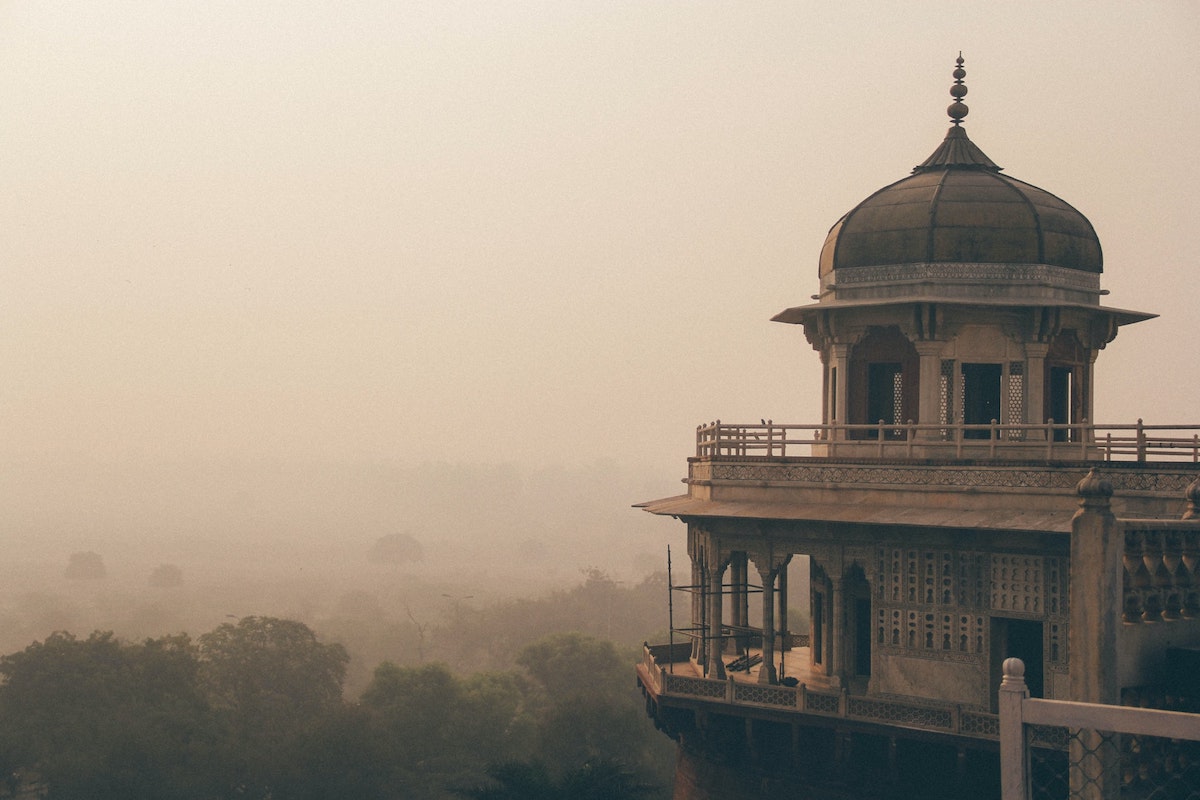- Originally published in: Scroll.in
- Authors: Sangita Vyas
I learned the hard way last year that air pollution causes pneumonia. Over the past few months, I have realised it must also cause amnesia. Five states went to polls in February, and one issue that was, and is, glaringly missing from many campaigns is air pollution.
According to the World Health Organisation, 11 of the 20 most polluted cities in India are in Punjab, Uttarakhand and Uttar Pradesh, three of those five states. Polling concluded in the first two states on February 4 and February 15, respectively, while the process in underway in the last state. Given that air pollution is deadly for babies and the elderly, and can make the rest of us sick, it is surprising that more people aren’t clamouring for a breath of fresh air. After the record-breaking pollution highs across North India in November, which sparked protests in the Jantar Mantar area in Delhi, air pollution has largely fallen off the public radar. Why could that be?
One reason could be because people who would be more vocal about demanding better air from the government have purchased private solutions such as air purifiers and masks to protect themselves against air pollution. However, research published by me and my colleagues in December shows that while these private solutions are certainly better than nothing, the only way to really protect oneself is through public action that reduces outdoor pollution levels.
Inadequate protection
Last winter, I was on a mission with my colleagues to create a clean air environment. In the process, we learned that this is quite difficult to achieve in a place like Delhi. We tested a few of the most affordable air purifiers containing filters that capture the vast majority of the really small and harmful particles in a room in our office in Hauz Khas. Over the course of a month, we conducted 72 tests, each lasting three hours.
We found substantial reductions in particulate pollution indoors, but the pollution levels achieved in the test room at the end of the tests were often still worse than in cities considered to be polluted. In some cases, the air quality got no better than the air outdoors in an industrial area near Shanghai, China, a place known for very high pollution levels. Although the air in the room was less polluted than without the purifier, it was still bad enough to make people sick.

Why are air purifiers struggling in places like Delhi? That’s because many homes don’t do such a great job of keeping the outdoor air out, even in the more expensive neighbourhoods. Even if no indoor activity that generates pollution is taking place – such as cooking, cleaning, or burning incense – outdoor air seeps under and around closed doors, windows, exhaust fans, and installed air-conditioning units, making it difficult for air purifiers to keep up.
We also often have to spend time in public places where installing an air purifier would be impractical or ineffective. Although masks may be a good alternative when we are exposed to ambient air, wearing one for a long time can be uncomfortable. Trust me, I have even tried sleeping in one.
Using masks and air purifiers in well-sealed rooms can certainly provide some protection to those who have them, but the vast majority of North Indians do not have air purifiers in their homes. The cost of the least expensive air purifier containing a filter that traps the small particles is roughly equivalent to one month of per capita expenditure for the average urban Indian, making the devices unattainable to the vast majority.
Emergency plan
In January, the Environment Ministry released a plan of action that would come into effect when Delhi’s pollution levels become “severe” by India’s air quality standards. This would include emergency measures such as a ban on construction and the odd-even car rationing plan. While this is an important step in the right direction, it is not a long-term plan for tackling the persistently high levels of pollution throughout the year across North India, or preventing severe pollution from occurring in the first place.
Approaches that rely on private solutions to the public problem of increasingly bad air quality are insufficient both for lower and middle-class households who may not be able to afford these solutions, and for rich households who can. By all means, buy an air purifier for your home. But don’t kid yourself that it is enough to make you safe. So, when you’re done setting up your purifier, contact your MLA to ask what is being done to solve the problem for everybody and improve the air that is still seeping into your house.

